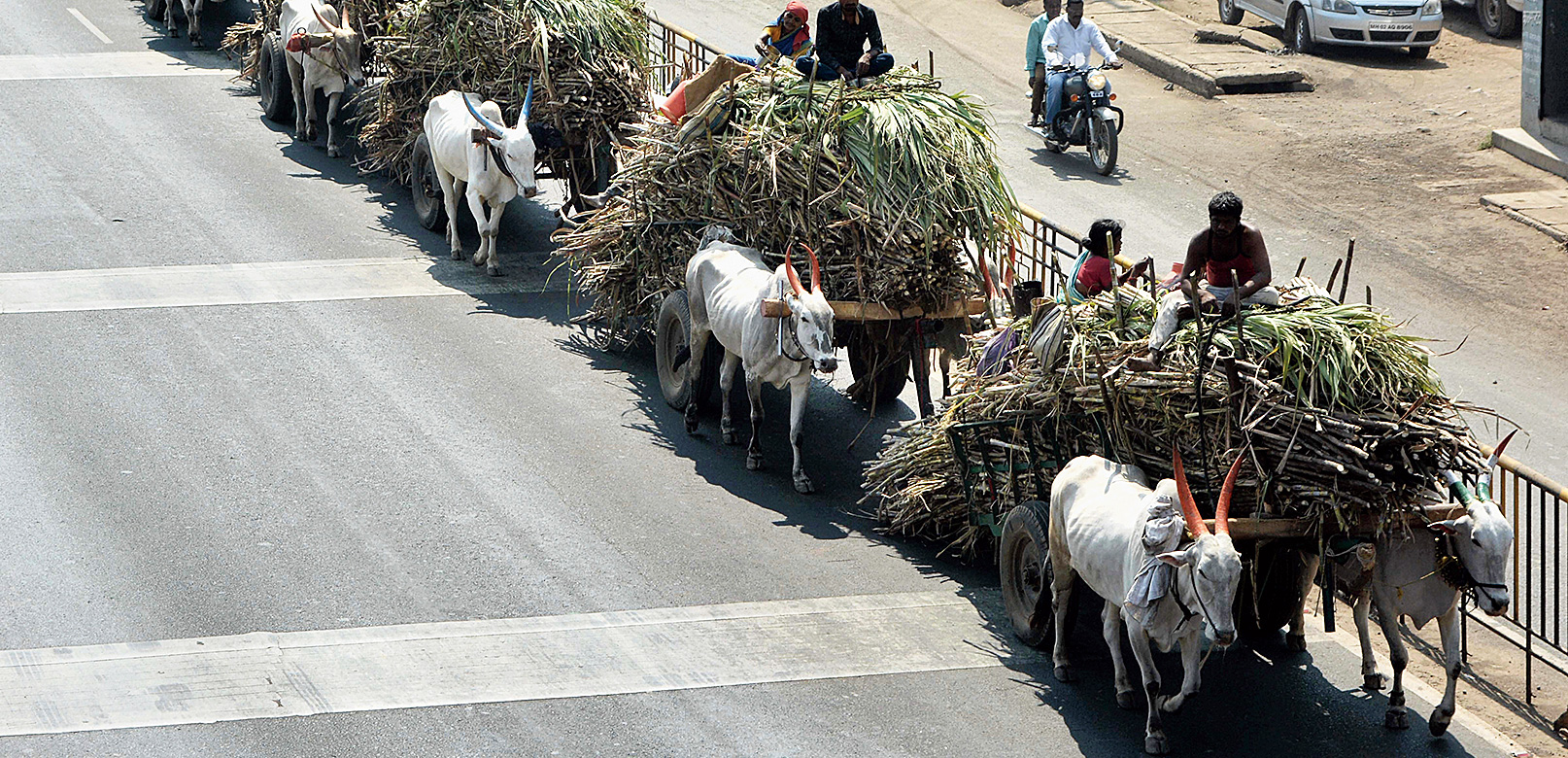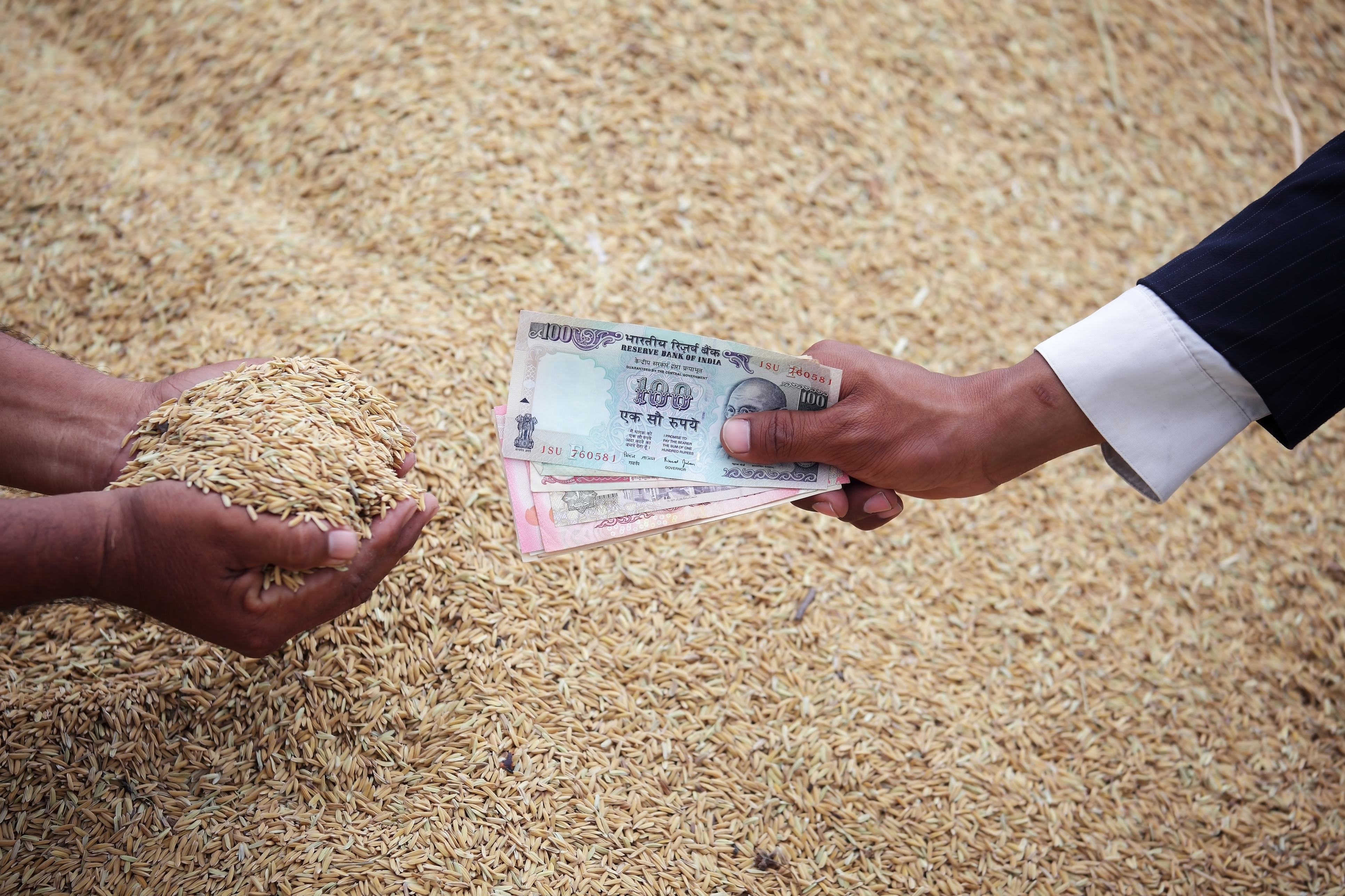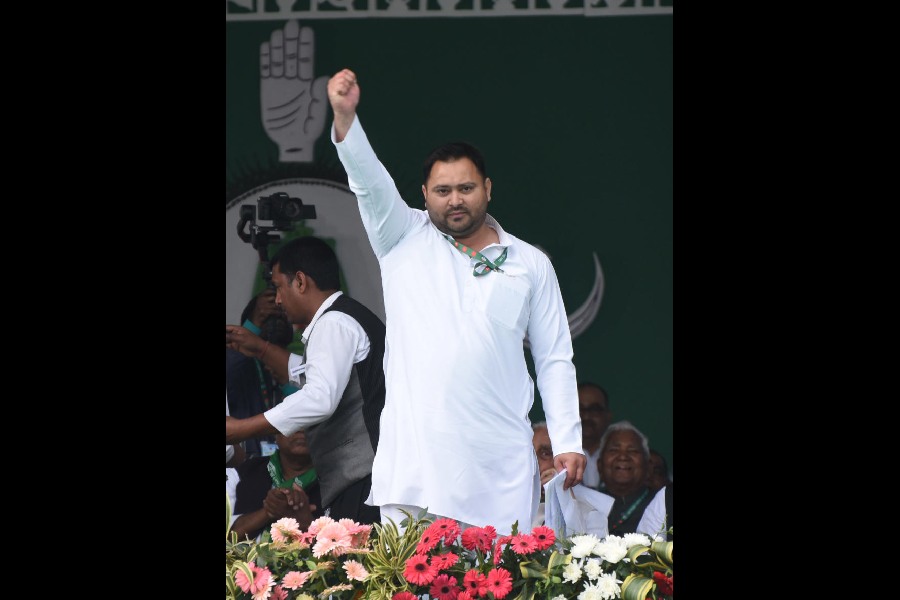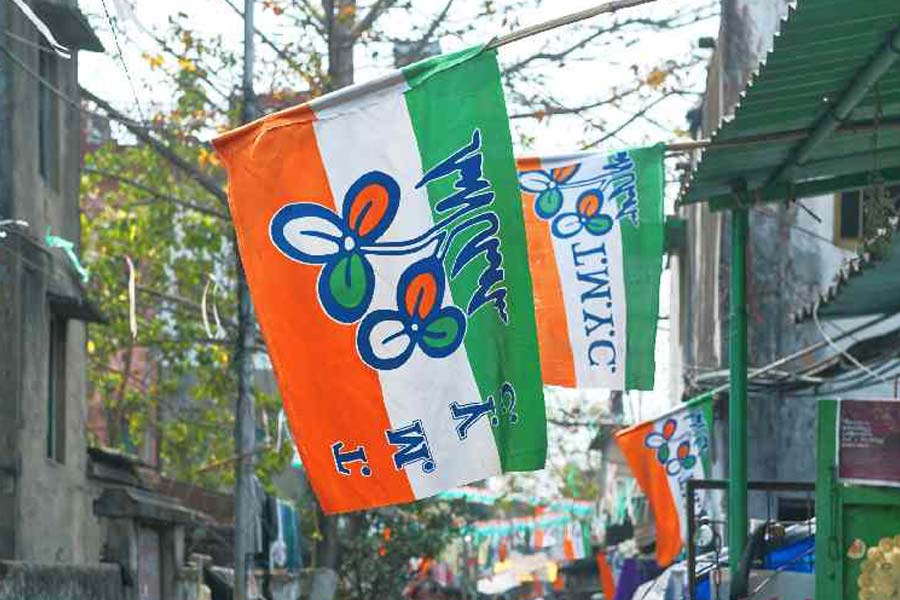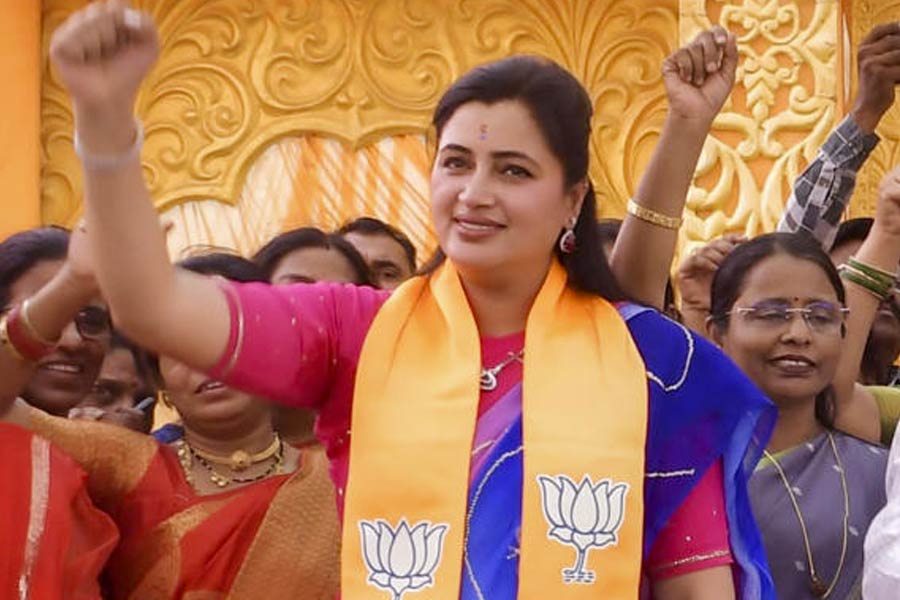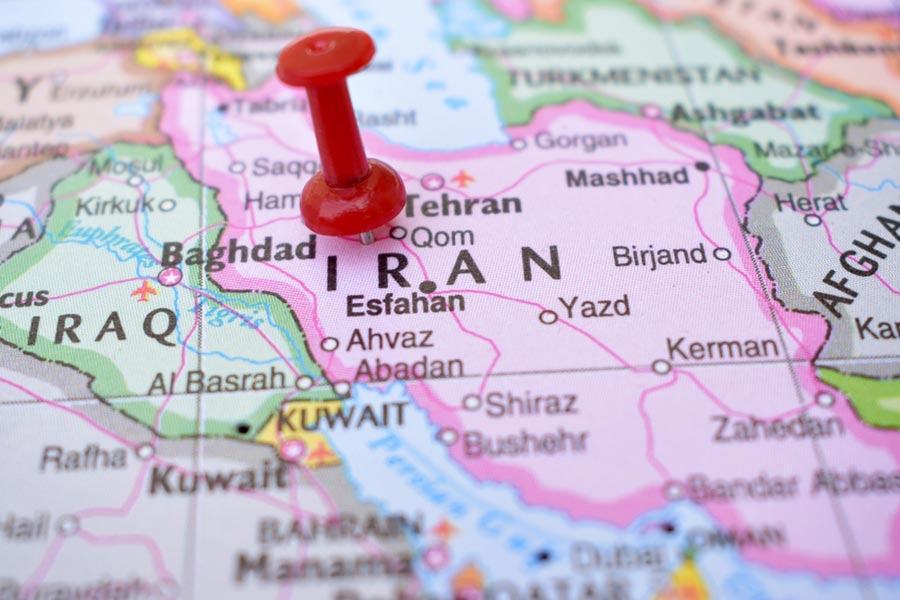Odisha villager Batakrishna Swain believes that the Rs 6,000 annual dole the interim budget has promised small farmers like him is too little for them and too late for the Narendra Modi government to resurrect its image among the agrarian community.
Experts said the government needed to revamp its minimum support price (MSP) and tariff policies for farmers, offer a higher dole, and extend it to sharecroppers too.
A farmers’ representative called the dole an “election bribe”, underlining that its fate would become uncertain once the next government presented a full-fledged budget.
Swain, a resident of Bilakankuda village in Puri district, said the farmers had been distressed for the past five years because of growing input costs and poor prices, which the Pradhan Mantri Kisan Samman Nidhi cannot mitigate.
“(A sum of) Rs 6,000 a year is nothing. The farmers are living in substandard conditions because the farm sector did not receive any attention from the central and state governments,” he said.
Swain, who grows paddy on three acres of land, said the prices of the fertilisers DAP (diammonium phosphate) and urea had nearly doubled in the past five years.
A 50kg packet of DAP, which cost Rs 800 five years ago, now costs Rs 1,500 while the price of urea is up from Rs 275 per 50kg to Rs 500, he said. Herbicides are costlier too, while farm wages have risen from Rs 200 to Rs 300. But Swain’s selling prices have increased only marginally.
“Agents come and buy 75kg sacks of paddy from us at Rs 900, compared with Rs 800 five years ago. We farmers have no other jobs, which forces us to carry on with this occupation,” Swain said.
Under finance minister Piyush Goyal’s proposal, farmers with landholdings smaller than two hectares (4.94 acres) will have the dole transferred to their bank accounts in three equal instalments a year.
Nearly 12 crore farmers are expected to benefit from the scheme, which will be effective from December 1, 2018. The first instalment is to be paid this financial year, that is, by March 31. The scheme will cost the government Rs 75,000 crore annually.
Economist and former Union minister Y.K. Alagh agreed with Swain, saying the scheme would not resolve the farmers’ larger concerns.
“It seems the government has picked the proposal in response to the promises made by Rahul Gandhi to the farmers,” he said.
“It may address the farmers’ issues to an extent. But the issues are much larger. The government needs to revamp the MSP formula and have a tariff policy to protect Indian farmers.”
The Centre, which fixes the MSP for 22 crops every year, has claimed that the current MSPs are 50 per cent higher than the input costs. But Swain said the current MSP for paddy, Rs 1,750 per quintal, is less than what a farmer invests.
“It should be at least Rs 3,000. Even then, the farmer will not be making any big profit,” he said.
Alagh said the current formula for calculating the MSP does not include the rent the sharecropper pays on the land or the interest on loans a farmer incurs.
“The government’s claim of ‘50 per cent more than the cost’ is about the paid-out costs. In my opinion, rent and interest should be included,” he said.
Alagh cited how developed economies provide high subsidies to their farmers, keeping prices low and how India imports farm products like pulses, oil and oilseeds. He advocated a tariff policy to protect India’s farmers,
Agriculture expert Devinder Sharma said the new scheme would leave a sizable proportion of sharecroppers disappointed.
“This (the scheme) is for marginal farmers who own land. A huge number of farmers are sharecroppers or farm labourers. They will be disappointed,” Sharma said.
He said a sum of Rs 500 a month amounted to making fun of the farmers’ distress, and cited the similar schemes that Telangana and Odisha were implementing with higher benefits and a higher proportion of beneficiaries. Odisha, for instance, pays Rs 10,000 to landowners and Rs 5,000 to sharecroppers.
“The (central) government has brought in the scheme with an eye on the elections. But it will not reduce the (farmers’) distress. The central scheme is giving less than what the two states are already giving,” he said.
Sharma said the dole should have at least been Rs 12,000 a year. He suggested the government could have diverted to the farmers the stimulus package of Rs 1.8 lakh crore it has been providing the corporate world with every year since the global meltdown of 2008.
“I don’t think the farmers will get carried away with this scheme,” he said.
Hari Babu, a small farmer from Kankipadu village in Andhra Pradesh, said the Rs 6,000 dole should be sent directly to the cultivator, and not the landowner.
“But this announcement says it will go to landowners. In that case, absentee landowners with well-paid jobs in the cities, instead of the poor sharecroppers, will get the benefit,” Babu said.
Goyal has announced a Rashtriya Kamdhenu Aayog to enhance the breeding, production and productivity of cows and monitor the implementation of the laws and welfare schemes for the animals. Alagh welcomed this decision.
Ashish Mital, general secretary of the All India Kisan Mazdoor Sabha, said the first instalment of Rs 2,000 will come to the beneficiaries as an “election bribe” with no guarantee of future payments. Alagh agreed that the fate of the proposals remained uncertain since the next government would propose a full-fledged budget.
“The next government is not obliged to go by these announcements. This is an interim budget,” he said.
IIM Shillong issued a media statement saying the budget was likely to reap political dividends.
“As was expected because of the upcoming elections the budget majorly targeted the lower and middle-class sector of the Indian economy,” it said.
“The finance minister started by reiterating the various achievements of the incumbent government in the past couple of years. However, it was not all talk as the government took some major steps, especially for the agricultural sector.”

